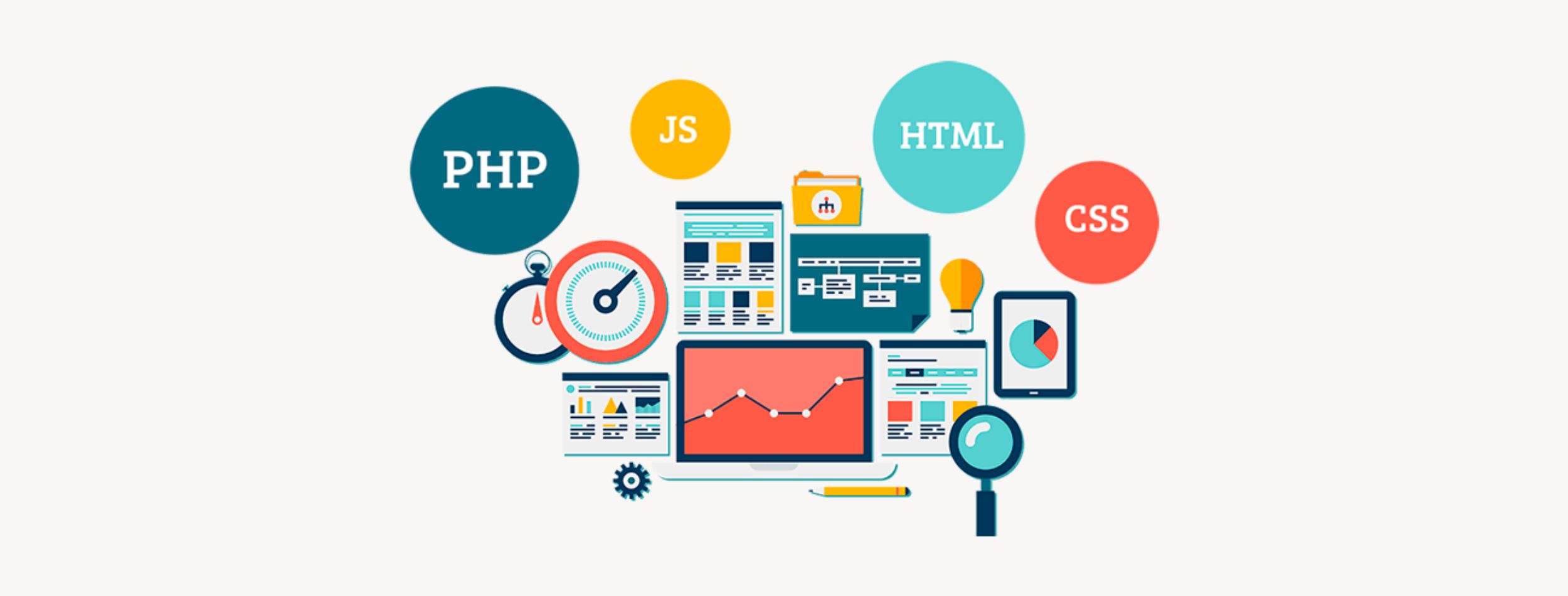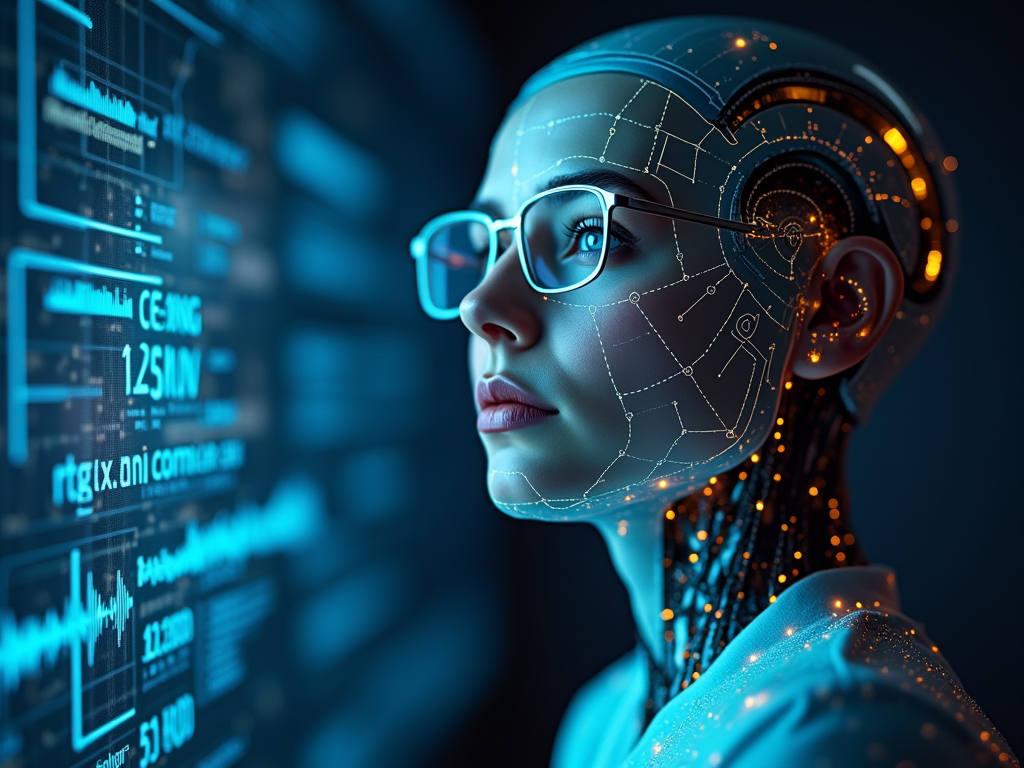A Beginner’s Guide to How AI Agents Work
Artificial Intelligence (AI) is revolutionizing the way we interact with technology. From virtual assistants like Siri and Alexa to self-driving cars and AI-powered customer service chatbots, AI is becoming an integral part of our daily lives. At the heart of many AI applications are AI agents—intelligent systems designed to make decisions, learn from experience, and perform tasks autonomously. But how do these AI agents work, and what makes them so effective at transforming industries?

In this article, we will explore the basics of AI agents, how they function, and the key technologies that power them. Whether you are a tech enthusiast or simply curious about the growing role of AI, this beginner’s guide will give you a clear understanding of how AI agents work and how they are shaping the future of automation and decision-making.
What Are AI Agents?
An AI agent is a system that uses artificial intelligence to perceive its environment, make decisions, and take actions autonomously. These agents are designed to carry out tasks or solve problems without constant human intervention. AI agents can be as simple as a chatbot answering customer inquiries or as complex as an AI driving a vehicle and making real-time decisions about road conditions.
The term "agent" refers to an entity that perceives its environment through sensors (such as cameras, microphones, or data inputs) and then acts based on the information it gathers. These actions are usually aimed at achieving specific goals or objectives. For example, a virtual assistant like Google Assistant perceives voice commands from a user and performs actions like setting reminders, sending messages, or playing music based on that input.
Key Components of an AI Agent
AI agents operate through a combination of several core components that enable them to perceive, decide, and act effectively. These components include perception, reasoning, decision-making, and action.
-
Perception: Perception is the ability of an AI agent to collect data from its environment. In the case of an AI agent interacting with users, this could involve analyzing speech, text, or even images. For example, an AI-powered chatbot perceives user input in the form of written text and uses natural language processing (NLP) to understand the meaning.
-
Reasoning: Once the agent perceives its environment, it needs to reason about the best course of action. This is where AI algorithms come into play. Through reasoning, the agent processes the input data and weighs different options to determine the most optimal action. In many cases, reasoning involves understanding the context of the task at hand and evaluating possible outcomes.
-
Decision-Making: After reasoning, the AI agent makes a decision about what action to take. This decision is usually based on the agent’s goals, which could range from providing an answer to a customer query to ensuring a self-driving car reaches its destination safely. AI agents may use decision trees, neural networks, or other decision-making models to select the most appropriate action.
-
Action: Finally, the AI agent executes the decision it has made by performing an action. This could involve sending a response to a user, adjusting system settings, or even performing a physical action, such as driving a car. The action is the AI agent's way of interacting with its environment and fulfilling its purpose.
How Do AI Agents Learn?
Learning is a crucial aspect of AI agents, enabling them to improve their performance over time. AI agents learn through various methods, including supervised learning, unsupervised learning, and reinforcement learning. These methods help agents adapt to new situations and make more accurate decisions.
-
Supervised Learning: In supervised learning, an AI agent is trained on a labeled dataset, where the correct output (or decision) is already known. The agent learns to map input data to the correct output by analyzing examples. Over time, the agent can make predictions or decisions based on this learning process. For instance, a self-driving car might use supervised learning to recognize traffic signs by being trained on a dataset of labeled images of signs and their corresponding meanings.
-
Unsupervised Learning: In unsupervised learning, the AI agent is given data without explicit labels or answers. Instead of being told the correct outcomes, the agent must identify patterns and structures within the data on its own. This approach is often used in clustering and anomaly detection. For example, an AI-powered recommendation system might analyze customer behavior and preferences to identify groups of similar users without prior knowledge of those groups.
-
Reinforcement Learning: Reinforcement learning (RL) is a type of learning where an AI agent learns through trial and error. The agent interacts with its environment and receives feedback in the form of rewards or penalties based on the actions it takes. Over time, the agent learns to maximize positive rewards by taking actions that lead to favorable outcomes. Reinforcement learning is often used in robotics and gaming, where the agent learns how to optimize its behavior through repeated interactions.
Technologies Behind AI Agents
Several technologies work in tandem to enable AI agents to perform complex tasks. These technologies include machine learning (ML), natural language processing (NLP), computer vision, and robotics, among others.
-
Machine Learning (ML): Machine learning is a subset of AI that focuses on algorithms that allow machines to learn from data. Through ML, AI agents can identify patterns, make predictions, and improve their performance over time. Algorithms such as decision trees, support vector machines, and neural networks are used to process data and train AI models.
-
Natural Language Processing (NLP): NLP is a field of AI focused on the interaction between computers and human language. It allows AI agents to understand, interpret, and respond to human speech or text. NLP involves tasks such as language translation, sentiment analysis, and named entity recognition, making it essential for applications like chatbots and virtual assistants.
-
Computer Vision: Computer vision is another critical technology for AI agents, particularly for those that need to interpret visual information. It enables agents to "see" and understand images and video, allowing them to recognize objects, people, and even facial expressions. Self-driving cars rely heavily on computer vision to navigate and avoid obstacles on the road.
-
Robotics: Robotics combines AI with physical hardware to create machines that can interact with the real world. AI-powered robots are capable of tasks ranging from simple manufacturing work to complex operations in hazardous environments. AI agents in robotics use sensors, motors, and control systems to perform tasks autonomously, such as assembling products or delivering goods.
Real-World Applications of AI Agents
AI agents have already made significant strides in a wide range of industries, transforming how businesses operate and how people interact with technology. Below are a few real-world applications where AI agents are making an impact:
-
Customer Support: AI-powered chatbots and virtual assistants are revolutionizing customer service. These AI agents can handle a wide range of tasks, such as answering frequently asked questions, processing orders, and resolving common issues. By automating customer support, businesses can provide faster and more efficient service, freeing up human agents to tackle more complex problems.
-
Healthcare: In healthcare, AI agents are used to assist with diagnostics, treatment planning, and patient care. For example, AI systems can analyze medical images to detect abnormalities or predict patient outcomes. Virtual health assistants also provide personalized recommendations and support, helping patients manage their health more effectively.
-
E-commerce: AI agents are transforming the e-commerce industry by providing personalized shopping experiences. AI-powered recommendation systems analyze a customer’s browsing history, preferences, and behavior to suggest relevant products. Additionally, AI agents are used to automate inventory management, pricing strategies, and order fulfillment.
-
Finance: In the finance sector, AI agents are used for fraud detection, investment analysis, and risk management. These systems can analyze market data, identify patterns, and provide financial advice. AI agents also help banks automate routine tasks like processing transactions and handling customer queries.
Challenges and Ethical Considerations
While AI agents hold immense potential, their widespread use raises several ethical and practical challenges. One of the biggest concerns is the potential for bias in AI systems. Since AI agents are often trained on historical data, they can inadvertently perpetuate biases present in that data. This could lead to unfair decisions, particularly in sensitive areas like hiring, lending, or criminal justice.
Another challenge is ensuring transparency and accountability in AI decision-making. As AI agents become more autonomous, it can be difficult to understand how they make decisions. Ensuring that AI systems are transparent and explainable is critical to maintaining trust and accountability.
Additionally, the rise of AI agents may lead to concerns about job displacement as automation replaces human workers in various industries. It is essential to find a balance between embracing automation and ensuring that workers are retrained and equipped with new skills to thrive in the evolving job market.
Conclusion
AI agents are transforming industries and everyday life by automating tasks, making smarter decisions, and learning from experience. From chatbots to self-driving cars, AI agents are designed to perceive their environment, reason about actions, and execute decisions autonomously. Powered by technologies like machine learning, natural language processing, and computer vision, these agents are becoming increasingly sophisticated and capable of handling complex tasks.
While AI agents offer numerous benefits, including increased efficiency, accuracy, and scalability, they also raise ethical concerns and challenges that need to be addressed. As AI technology continues to advance, it is crucial to ensure that these systems are used responsibly and transparently to benefit society as a whole.
Whether you are a beginner looking to learn more about AI or someone interested in the impact of AI on the future, understanding how AI agents work is essential to appreciating their transformative potential. As we continue to integrate AI into more aspects of our lives, the future of AI agents is bright, and their role in shaping our world is only just beginning.
Ajánlott bejegyzések:
A bejegyzés trackback címe:
Kommentek:
A hozzászólások a vonatkozó jogszabályok értelmében felhasználói tartalomnak minősülnek, értük a szolgáltatás technikai üzemeltetője semmilyen felelősséget nem vállal, azokat nem ellenőrzi. Kifogás esetén forduljon a blog szerkesztőjéhez. Részletek a Felhasználási feltételekben és az adatvédelmi tájékoztatóban.






